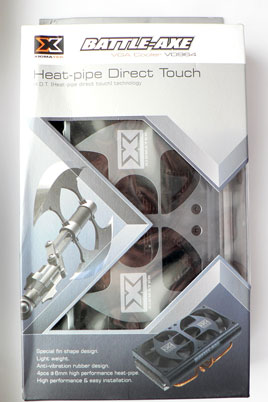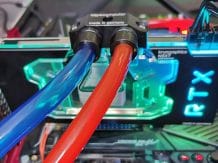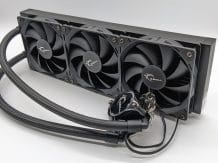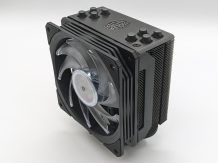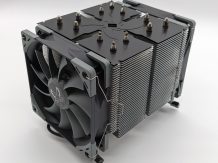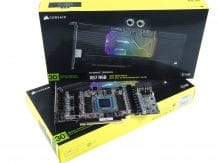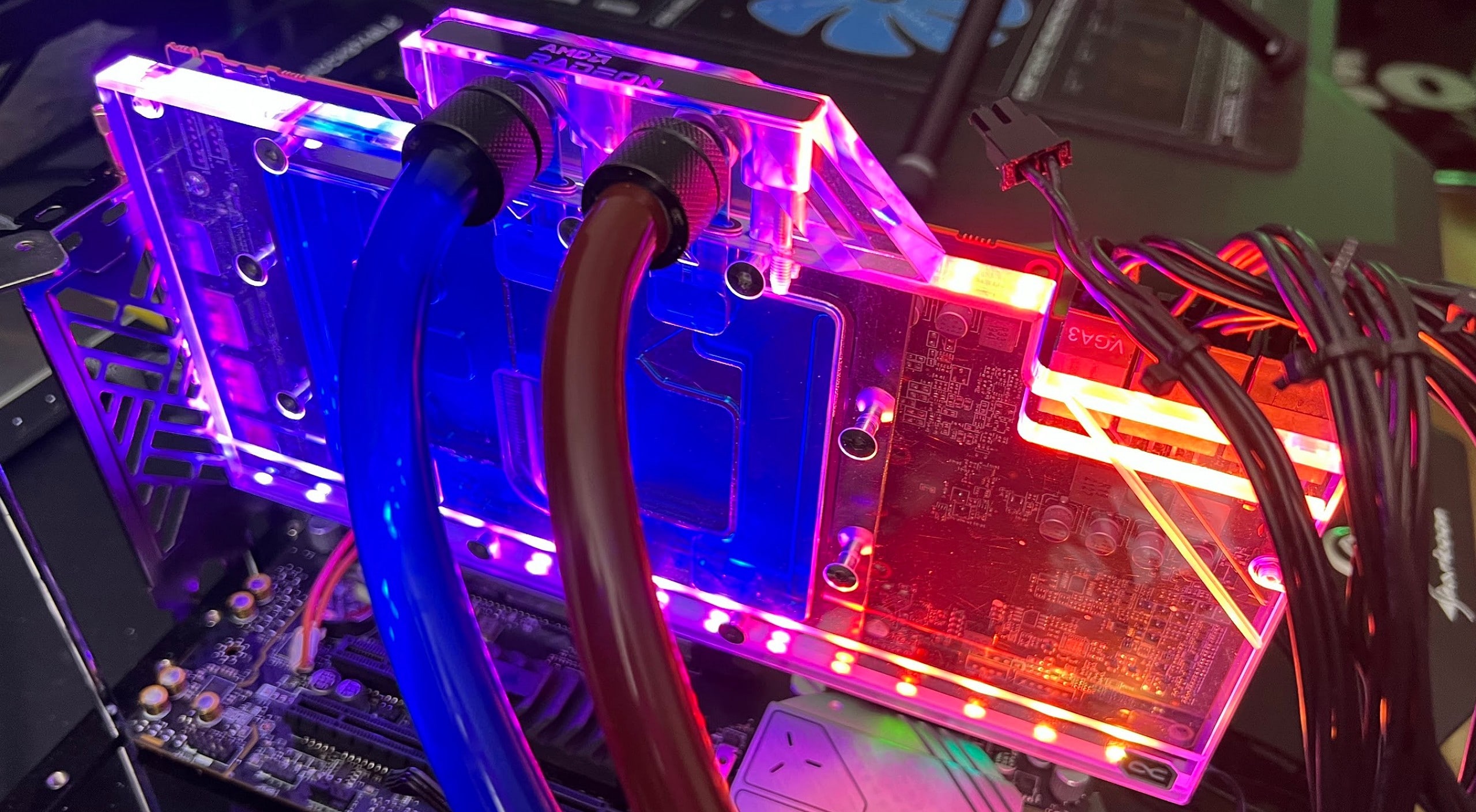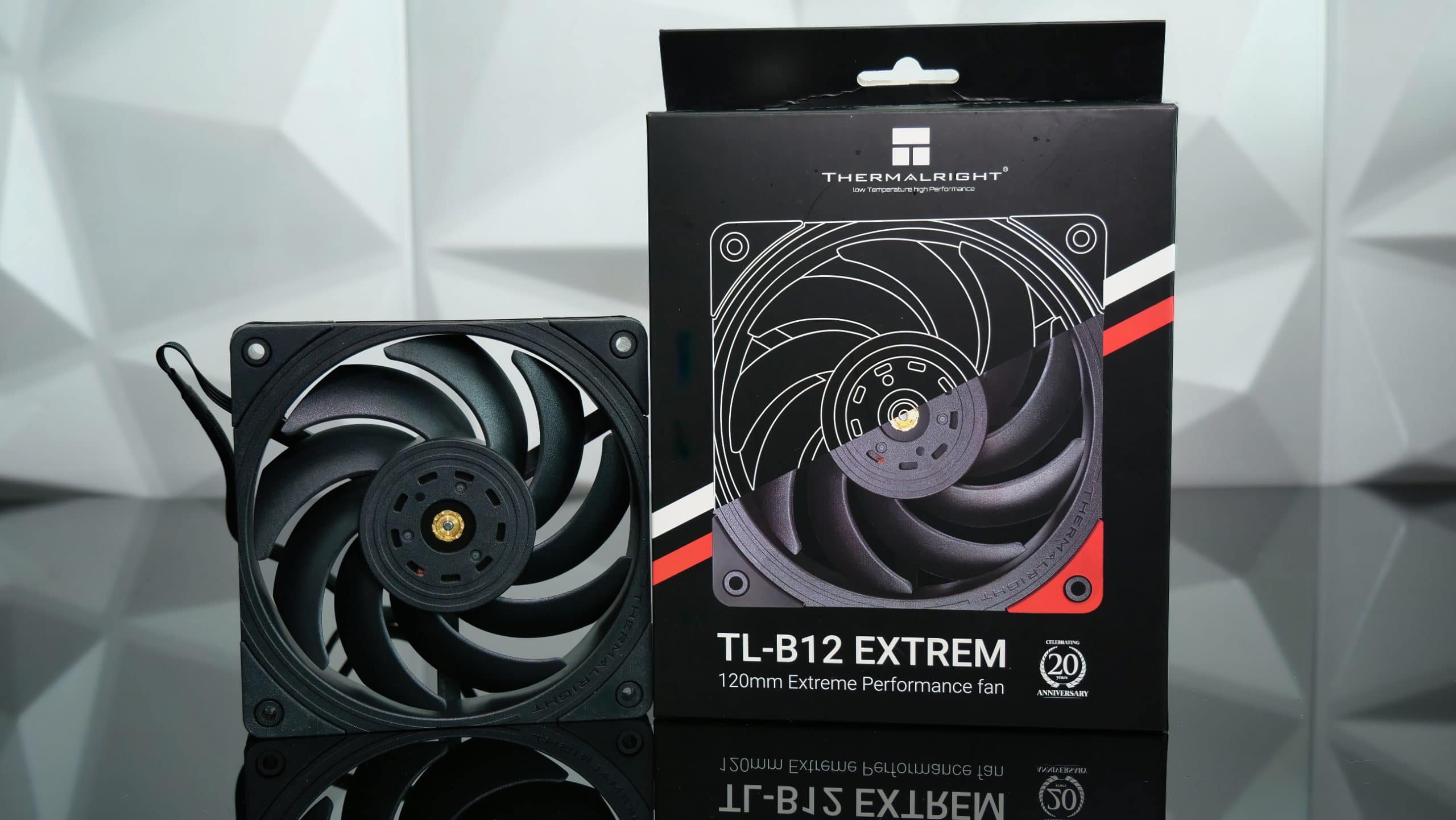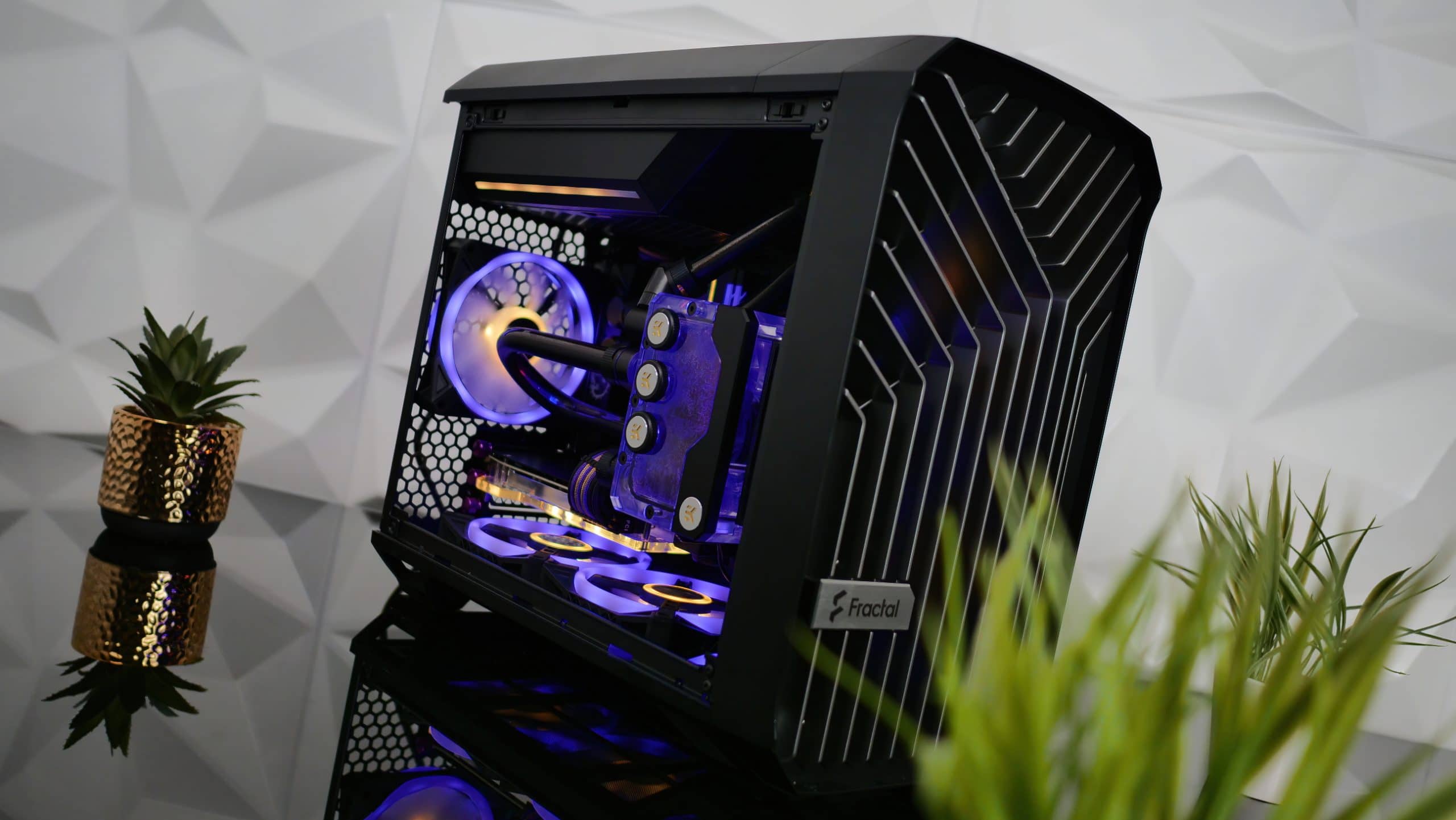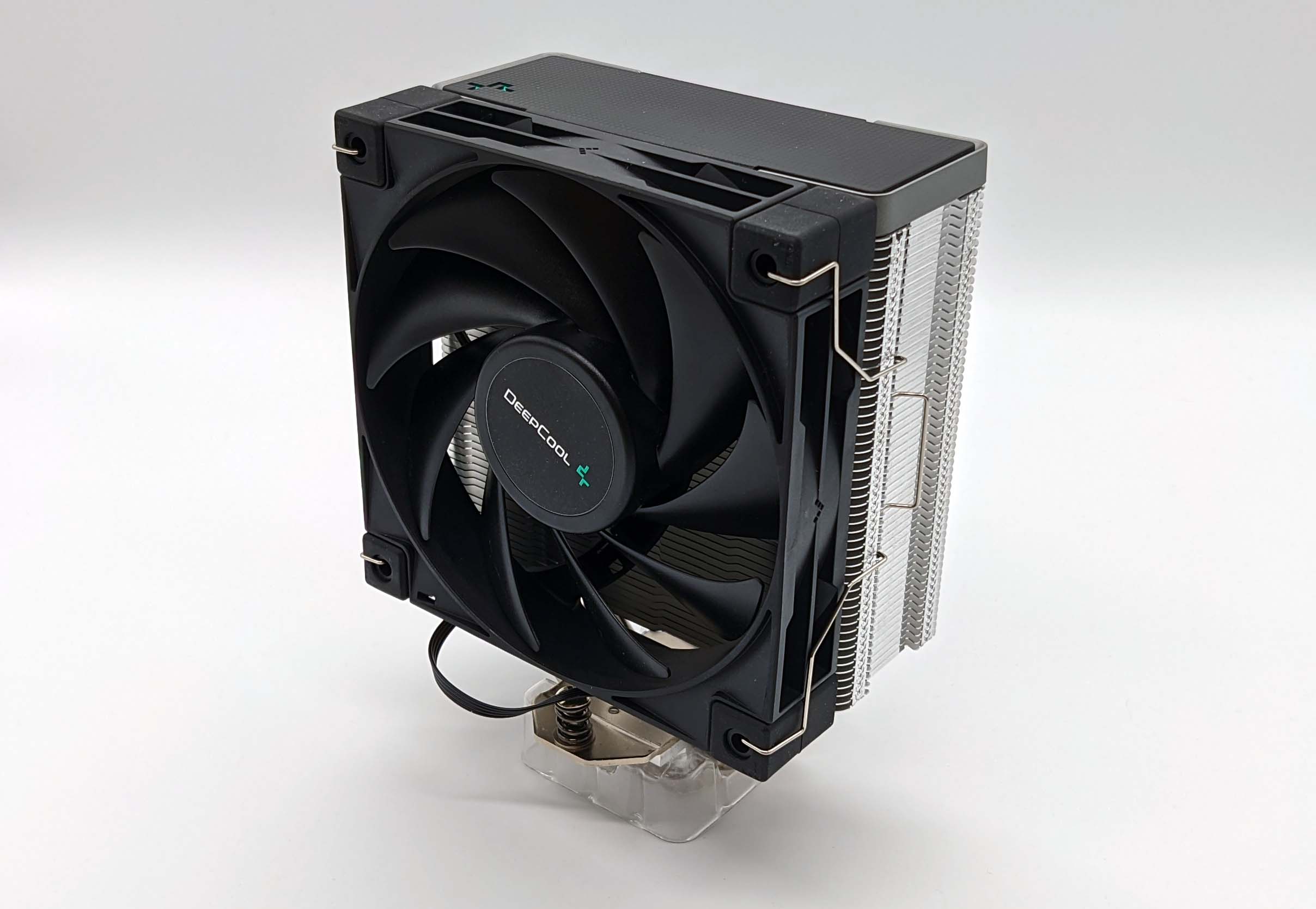coolers for video cards XIGMATEK BATTLE-AX VD964 and AURAS Fridge
–
Quite recently, it became a revelation for me that alternative cooling systems for video cards are practically not in demand, which the director of one of the large computer centers told me not without regret. This is a very strange situation, at first I lamented, because most of the reference coolers for video cards have a low cooling efficiency, or, often, a rather high noise level with acceptable efficiency. Why, in this case, are users in no hurry to change their “native” cooling systems en masse? The answer, in my opinion, is quite simple – they are afraid to lose the warranty on the video card, since not everyone will be able to remove the cooling system without traces (at least without the same notches on the fastening screws, not to mention the corresponding stickers), and when the video card leaves building, this will be a sufficient reason for refusing to exchange it. So gamers tolerate high noise levels and turn a blind eye to the additional heat source inside the case of the system unit. Well, when the end of the warranty period for the card comes, then most often it becomes not fast enough in modern games to justify the additional purchase and replacement of the cooling system.
However, there is a category of users who modestly call themselves overclockers who, first of all in the field of hardware, know at least a little more than the vast majority of people who have ever worked with personal computers, and who, most importantly, know why they need it. Specific personalities, I think, do not need to be cited here, you yourself know who I am (well, stop smiling to yourself in the mirror;)), for this small audience we regularly write articles, pre-testing and testing new hardware in every possible way , including cooling systems for video cards. As the latter, today we will study with you two new items from the companies XIGMATEK and AURAS, with original and even somewhat ridiculous names regarding their purpose. But first things first.
XIGMATEK BATTLE-AXE VD964 (CAV-D9HH4-N01)
Well, the technology of direct contact of heat pipes with heat sources from cooling systems for central processors is finally starting to migrate to coolers for video cards. The first “swallow” – the cooler of the company XIGMATEK, already well known to you and me, is delivered in a small cardboard box with cutouts on the front and back sides:

The cooling system received a rather sonorous name – BATTLE-AX VD964, that is, a battle ax, and even with two blades. As it turned out later, the name of the cooler is not taken from the ceiling and is rather symbolic, but more on that later.
Accessories are included with the cooler in a small box located at the top of the main package. It contains:
announcements and advertisements
-14000р на RTX 3060 ASUS Dual
RTX 3060 MSI Gaming – a drain for a penny
RTX 3070 cheapest and all at Compeo.ru
-15000р на RTX 3060 MSI Ventus
Prices for video cards went down steeply
-14000р на RTX 3060 Gigabyte Eagle
Another top vidyaha with a mega discount
RTX 3060 – prices have gone down
First-hand Z590 motherboards at very good prices
RTX 3060 12Gb in XPERT.RU – be in time 🙂
Galaxy S20 family price crash 25% discount
RTX 3070 at XPERT.RU at the lowest prices
Lots of RTX 3090 in XPERT.RU

- an aluminum heatsink for cooling the NVIO chip for GeForce 8800 GTS and GTX / Ultra video cards;
- two long aluminum and six conventional radiators for memory chips of a video card;
- set of rubber anti-vibration pins for fans;
- 1 gram bag of SilMORE thermal paste;
- a set of screws, bushings and washers;
- two steel plates for fastening the cooler;
- cable for connecting fan power supply and speed monitoring;
- instructions for assembling and installing the cooler.
The dimensions of the new item are not as impressive as those of the recently reviewed Arctic Cooling Accelero Xtreme 8800, but still large enough for an air cooling system for a video card and are 194 x 110 x 32.4 mm and weighs 617 grams! The cooler is really big:

The core of the structure is four copper heat pipes 6 mm in diameter, which are part of the base of the cooler heatsink. A large number of aluminum radiator fins are strung on the tubes. On the front side, the radiator is covered with a casing with a pair of 92 x 25 mm fans:

At the same time, it is not entirely clear why the radiator fins on the back of the cooler are closed together, forming a kind of concave wall for the air flow from the fans:

A dubious decision from the point of view of achieving maximum efficiency, since the airflow from the fans would certainly help to cool the PCB of the board and its elements.
As it turned out, the thickness of the cooler is far from the 32.4 mm indicated in the technical specifications and amounts to as much as 60 mm:

Probably, the manufacturer indicates only the thickness of the heatsink without fans with a shroud.

The metal shroud swings open easily to reveal a pair of 92mm fans:

The fans are mounted on four rubber studs that are inserted between the radiator fins:

Moreover, in the central part of the radiator, these pins are not inserted either into the holes of the fans or into the fins of the radiators, but are supplied additionally in a separate bag. Apparently, they did not figure out how to insert them there, since this is clearly not a trivial task. In addition to rubber expansion joints, the fans are fixed in a casing that covers them, so it is notaboutso worry about the reliability of their fastening to the radiator.
The fan impellers on the “Hypro” bearing rotate at a constant speed of ~ 2200 rpm with a maximum declared noise level of 28 dBA and an air flow of 40.2 CFM:

Subjectively, the cooler is noisy. It is a pity that the PWM control mode is not supported by its fans, but nothing prevents you from manually powering them from 7 or even 5 volts. Let’s check it in practice.
The fans can be pulled apart and the aluminum radiator of the cooler can be examined in more detail:

There is no need to talk about polishing the base of the “battle ax”, but first of all I would like to note the too large distance between the tubes at the base. See for yourself:

The thickness of the aluminum insert between the pipes is a little less than 3 mm and it seems that with such a significant distance between the pipes, the efficiency of the cooler will not be up to par. You start to doubt even more when you look at the print of thermal paste on the base of the cooler …

… and then the GPU heat spreader:

In the case of an open graphics core chip, only two out of four tubes turn out to be workers:

Until testing, I will refrain from premature conclusions, but the situation with widely spaced pipes, at least, is alarming.
Mounting the cooler on supported video cards (the complete list is given in the technical specifications table) is quite quick and easy. Two metal strips are screwed to the base, into which the fastening pins are screwed, and only then a video card is put on them and attracted from the back side by screws with springs:

The dual “battle ax” installed on the GeForce 8800 GTX looks very serious and promising:

The massive design of the cooler is even more surprising when looking at the video card from above:

Not everyone decides to put such a bulky and heavy (still 617 grams) cooling system on their video card. If you nevertheless went for it, then you can safely forget immediately about the three adjacent PCI slots on the motherboard:


St.
aboutwhether it is so – you decide after reading this article. The recommended cost of XIGMATEK BATTLE-AX VD964 is declared by the manufacturer at $ 45.





